Density of Earth: What is the Earth Made Of?

“In our entire solar system, Earth is the densest planet. Earth density steadily increases as you go inwards from the crust to the core. If you average it throughout the whole planet, Earth’s density is about 5.513 g/cm3“
It’s the largest and densest of all terrestrial planets. Terrestrial planets like Mercury, Venus, Earth, and Mars tend to be rich in metals and silicate rocks.
If you crunch the numbers, Earth is mostly:
- Iron (35%)
- Oxygen (30%)
- Silicon (15%)
- Magnesium (13%)
Finally, nickel (2%), sulfur (2%), calcium (1%), and aluminum (1%) make up most of the remaining.
So now we know what Earth is made of in terms of its composition. What is Earth density? And how do you calculate how dense Earth is?
Earth density by core, mantle, and crust
If you average density throughout the whole planet, then Earth’s density is about 5.513 g/cm3. But if you compare Earth’s density by its layers, density steadily increases as you go inwards from the crust to the core.
- INNER CORE: Earth’s inner core has the highest density at 12.9 g/cm3.
- OUTER CORE: Next, the outer core has a density of about 11.0 g/cm3.
- LOWER MANTLE: The lower mantle has a significantly lower density of about 5.0 g/cm3.
- UPPER MANTLE: This is followed by the upper mantle with a density of 3.9 g/cm3.
Finally, the crust consists of rocks rich in silica with a density of about 2.5 g/cm3. The crust rides on a plasticky layer called the asthenosphere. This fluid-like layer with a density of about 3.3 g/cm3.
How to calculate Earth density by hand
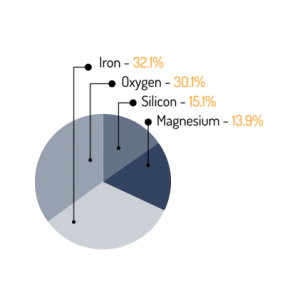
Density is mass divided by volume. Mass is the physical matter of something in a total number of atoms. And volume is the amount of space an object encloses. If you know the mass and volume of an object, then you can measure density by dividing the two.
For example, Earth is not a perfect sphere. But we can approximate it by using the volume of a sphere which is 4/3πr3. Based on a radius of 6,371 km, Earth’s volume would be 1.08 trillion cubic kilometers.
Given the mass of Earth is 5.972 × 1024 kg, we can divide by its volume as noted above. After converting kilograms and cubic kilometers to grams and cubic centimeters, Earth’s density is about 5.519 g/cm3.
And this roughly checks in with the general consensus of Earth’s density at about 5.513 g/cm3. If you account for Earth’s shape, you can get a better estimate of Earth’s density.
What is the Earth Made Of?
The Earth is a fascinating planet, filled with a variety of structures and systems. It’s primarily composed of four main layers: the solid outer crust, the semi-fluid mantle, the liquid outer core, and the solid inner core.
These layers are predominantly made up of silicate rocks and iron-nickel alloys, with varying compositions, temperatures, and physical states that contribute to the planet’s dynamic and complex nature.
We want to hear what you have to say! Please use the comment form below and let us know what your thoughts are.

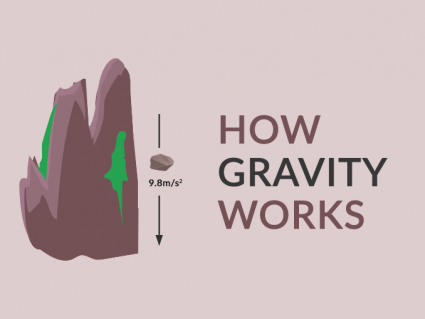
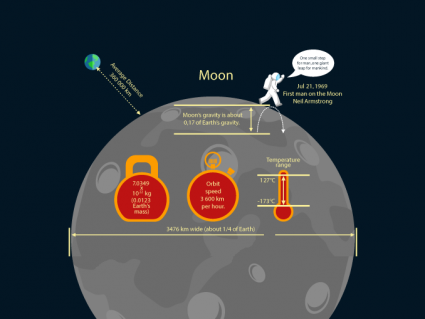
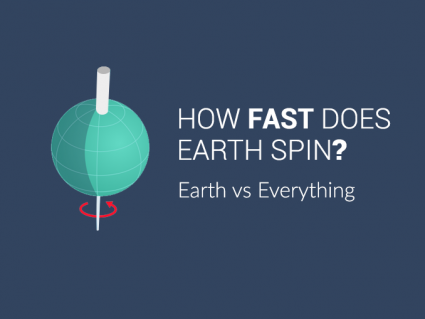


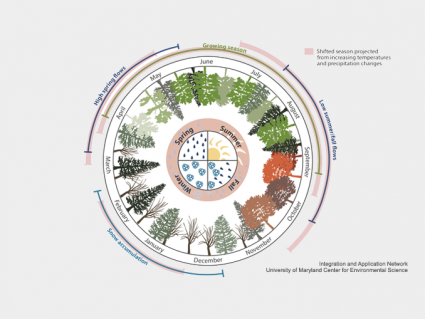


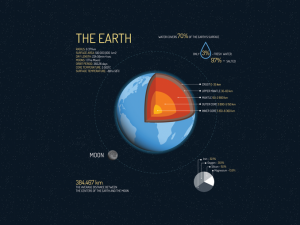

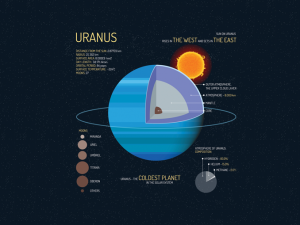



Thanks for this helpful information. This will help me with my continuation of my research.
Inner core is compressed, so has a higher density than iron or nickel at atmospheric pressure.
How come that Earth’s inner core has the density at 12.9 g/cm3 , which is made mainly of iron (density of 7.87 g/cm3) and nickel (density of 8.9 g/cm3)?
Thanks for the info. It will allow me to calculate how think the earth would be if it was a disc. I want to know if the flat-earthers can give this figure. I have to catch those guys somehow.